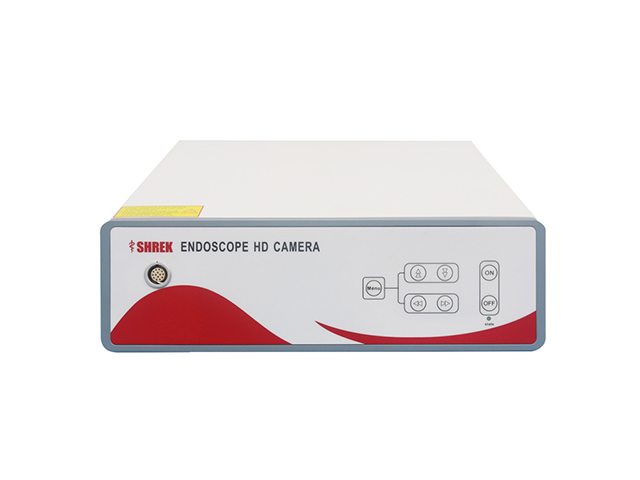SHREK NEWS
What camera is used for a colonoscopy?

Colonoscopy is a medical procedure that involves the examination of the large intestine (colon) and rectum using a long, flexible tube called a colonoscope. The colonoscope is equipped with a light and a camera that allows the physician to view the inside of the colon and rectum on a video monitor.
During a colonoscopy, the patient is typically sedated to help them relax and minimize any discomfort. The colonoscope is then inserted through the anus and carefully guided through the colon, allowing the physician to examine the entire length of the colon.
Colonoscopy is often used as a screening test for colon cancer and other conditions that affect the colon, such as inflammatory bowel disease or diverticulitis. The procedure can also be used to biopsy suspicious areas or remove polyps from the colon.
The camera used in a colonoscopy is typically a fiberoptic or a high-definition CCD camera. A colonoscope is a long, flexible tube with a light source and a camera at the tip, which is inserted through the rectum to examine the inside of the colon. The camera sends images back through the fiberoptic cables or CCD camera to a monitor, allowing the physician to view the images in real-time and identify any abnormalities, such as polyps or tumors. The camera used in a colonoscopy is designed to capture high-quality images of the colon, which can help with the detection and diagnosis of various gastrointestinal conditions.




